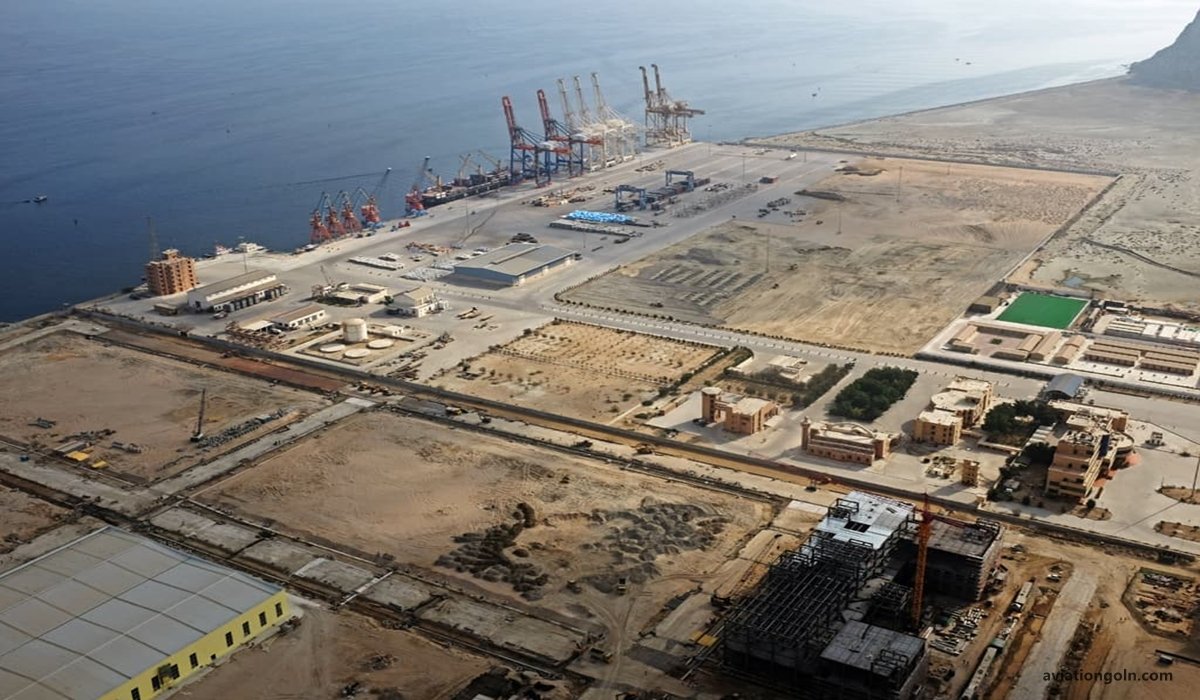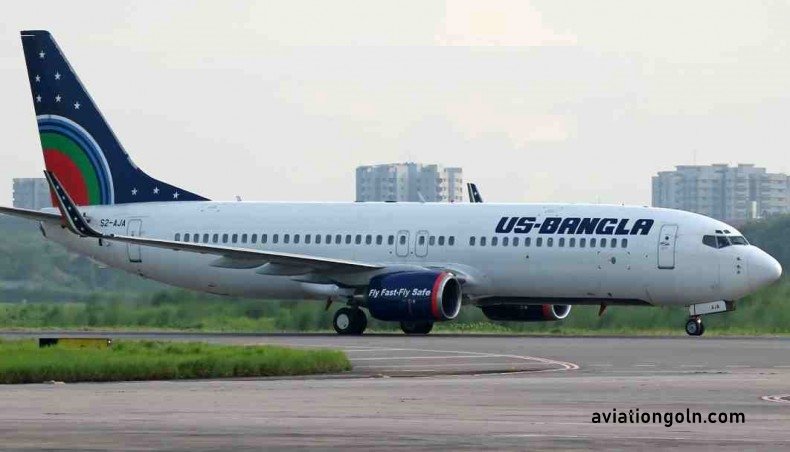Risk Management and Contingency Planning: Airports are among the most dynamic environments in the transportation industry. They’re not just places where aircraft take off and land; they’re complex ecosystems involving multiple stakeholders, from airlines and cargo carriers to ground handling and security agencies.
Given their significance to the global transportation network, it’s essential that airports have robust risk management and contingency planning strategies in place. These strategies are vital in ensuring smooth operations, financial stability, and, most importantly, safety. This article dives deep into risk management and contingency planning, shedding light on their importance, methodologies, and best practices tailored for airport operations.
Risk Management and Contingency Planning: Strategic Decision Making for Airports
1. Understanding the Context: Why is Risk Management Crucial for Airports?
Airports face a unique set of risks, some of which include:
- Operational Risks: Disruptions due to equipment failure, system malfunctions, or human error.
- Security Risks: Potential threats from terrorism, cyber-attacks, or criminal activities.
- Financial Risks: Revenue losses from flight disruptions, lawsuits, or failing to adapt to market changes.
- Environmental Risks: Challenges arising from adverse weather conditions, wildlife, or environmental regulations.
- Reputational Risks: Damage to the airport’s image due to incidents, poor service, or negative media coverage.
These risks, if not addressed, can lead to significant operational, financial, and reputational damage. Hence, a systematic approach to risk management is paramount.

2. The Risk Management Process for Airports
2.1. Risk Identification: Start by cataloging potential risks. This is typically done using brainstorming sessions, expert consultations, or analyzing historical data.
2.2. Risk Assessment: Evaluate identified risks based on their likelihood and potential impact. This can be achieved through quantitative methods like Failure Mode and Effects Analysis (FMEA) or qualitative methods like risk matrices.
2.3. Risk Mitigation: For each identified risk, develop strategies to either:
- Avoid the risk by altering plans.
- Transfer the risk using tools like insurance.
- Mitigate the risk by implementing measures that reduce its potential impact.
- Accept the risk if it’s deemed low impact and low likelihood.
2.4. Monitor and Review: Risk management is an ongoing process. Regularly revisit and revise strategies based on new information or changes in the operational environment.

3. Contingency Planning: Preparing for the Unexpected
While risk management focuses on preventing undesired events, contingency planning prepares the airport to respond effectively when disruptions occur.
3.1. Identify Potential Scenarios: From power outages to terrorist threats, list down all potential emergency situations.
3.2. Develop Response Plans: For each scenario, craft a detailed action plan. This includes:
- Initial Response: Immediate steps to address the situation.
- Resource Allocation: Determine required resources (manpower, equipment, finances).
- Communication Strategy: Ensure clear channels for internal communication and for updating the public and media.
- Recovery Plan: Steps to restore normalcy and evaluate the effectiveness of the response.
3.3. Training and Drills: Regularly train airport personnel to handle emergency scenarios. Conduct drills to test and refine contingency plans.

4. Incorporating Technology in Risk Management and Contingency Planning
Modern airports can harness technology to enhance their risk management and contingency planning:
- Integrated Risk Management Systems: Software solutions that provide real-time risk monitoring, reporting, and mitigation strategies.
- Simulation Tools: For visualizing potential emergency scenarios and testing response strategies.
- Communication Platforms: Ensure uninterrupted communication during emergencies.

5. Best Practices in Airport Risk Management and Contingency Planning
5.1. Stakeholder Engagement: Incorporate feedback from airlines, passengers, regulatory authorities, and other stakeholders. Their insights can be invaluable.
5.2. Continuous Learning: After any disruption or emergency, conduct a thorough debrief to identify lessons learned.

5.3. Financial Provisions: Set aside funds specifically for risk mitigation and emergency response. This ensures resources are always available when needed.
5.4. Regular Updates: Continuously update risk management and contingency plans to reflect changes in the operational environment or industry best practices.

6. Case Study: Heathrow Airport’s Risk Management Strategy
Heathrow Airport, one of the busiest in the world, has a comprehensive risk management framework. In 2010, heavy snowfall paralyzed operations, revealing vulnerabilities in their risk and contingency strategies. Post this incident, Heathrow invested significantly in snow-clearing equipment and staff training. They also re-evaluated other potential risks and revamped their entire risk management approach, underlining the importance of adaptability and continuous learning.

For airports, disruptions can have cascading impacts on the wider transportation network, making risk management and contingency planning mission-critical components of their operational strategy. As transportation hubs that play a pivotal role in global connectivity, ensuring robust, adaptable, and proactive risk and emergency response strategies not only instills confidence among travelers but also safeguards the economic interests of the regions they serve.
See more:
